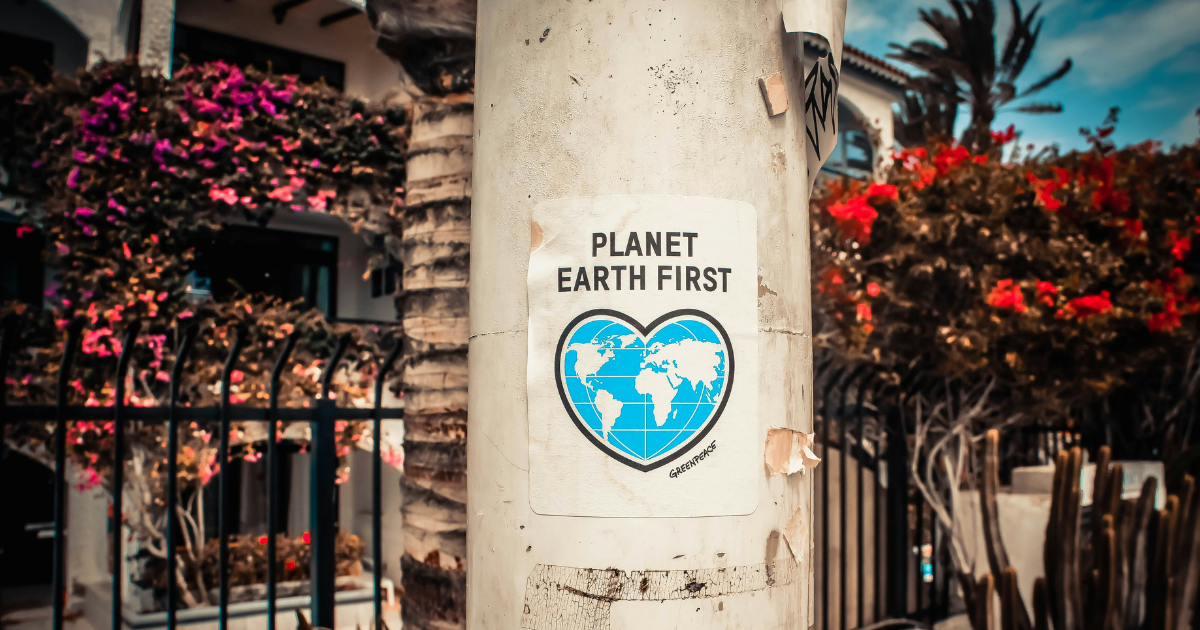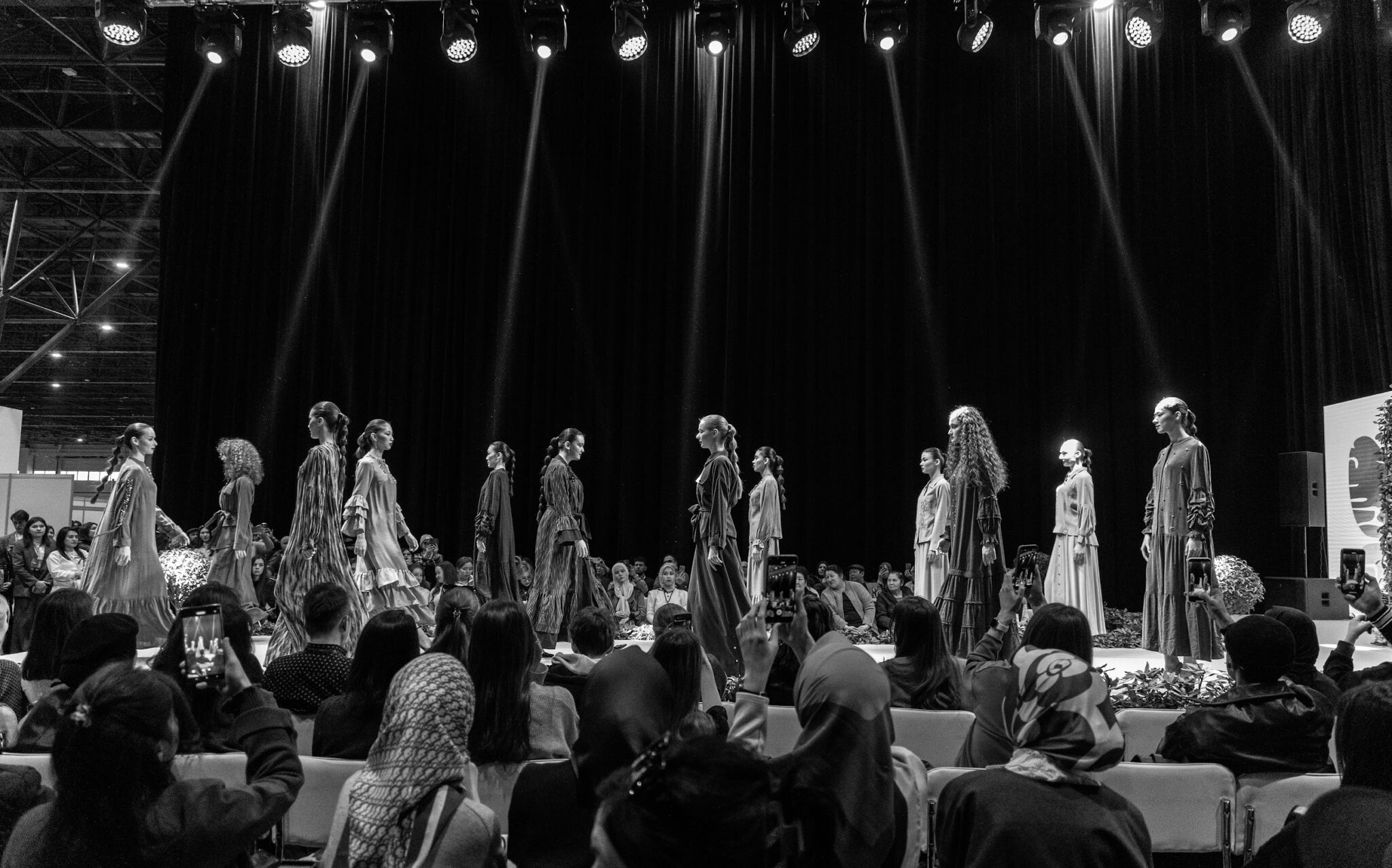Second life for everyday items
Recycling, Downcycling, and Upcycling: understanding the differences through influencers and sustainable brands

The topic of ecology is relevant worldwide. New terms are emerging that describe processes related to careful treatment of the environment. Let's get acquainted with them, study them, and apply them in everyday life through the examples of opinion leaders.
Recycling
In English, "recycle" literally means "return to the circle" and implies "production from recycled materials." Materials such as certain types of paper, plastic, metal, and glass can be processed into entirely new raw materials. The recycling symbol depicts a circular motion, as this process is a zero-waste production where one material can be "reborn" into a new product over and over again. However, some materials have a maximum number of recycling times.
Let's look at what can be recycled in detail:
Glass - this material can be recycled countless times. Even a small amount of glass waste can save dozens of hectares of land. Glass can be recycled not only into new glass products but also into beads, certain types of concrete, tiles, and sanitary ware.
Textiles - waste in the world's oceans consists of more than 20% textiles. Besides the fact that it takes hundreds of years to decompose textiles, methane and CO2 are released into the atmosphere. In addition to new raw materials, textiles are recycled into construction materials, adhesives, and much more.
Paper - we know from school environmental lessons that each ton of recycled paper saves about 20 trees.
Scrap Metal - the Tokyo 2020 Olympics showed us that recycled electronics and mobile phones can be turned into bronze, silver, and even gold medals.
Plastic - this problematic material, which does not decompose, can be useful if properly recycled. Secondary plastic is used to make products such as synthetic insulation, carpeting, sports equipment, bags, and plastic furniture. Talented artists have learned to make new vinyl records and art objects from it, which need never be thrown away.
Downcycling
While recycling is the processing of materials while maintaining their quality, downcycling is the process of recycling material into a lower-quality product, from which the original quality product cannot be made again. This is why the downcycling symbol features a downward arrow, indicating the decreased quality of the item. For example, downcycling involves recycling clothing where old items are turned into regenerated fibers, which can no longer be made into clothing but only secondary raw materials of a different group. Due to the reduced quality, the number of downcycling cycles is limited. The item is not recreated over and over as with recycling but merely has its lifespan extended.
Upcycling
Talented and creative individuals have found ways for outdated items to gain new lives of higher quality than their original source. Upcycling is not just recycling but also reimagining old items. This process is more artistic and is often associated with the DIY method. Such a creative recycling method not only gives discarded items a "new interpretation" but also increases their value as they become art objects. The upcycling symbol is depicted accordingly, with an upward arrow.
Anyone can participate in almost all of these processes, thereby helping the planet and future generations who will live on it. For example, in recycling, we can sort waste at home or work and be "suppliers" of raw materials. Upcycling, in turn, has become such a popular hobby that it allows people to create their own brands, run businesses, or host exhibitions with upcycled creations.
Eco-enthusiasts from around the world on Instagram who inspire eco-friendly creativity:
Tatevik - creates unique jewelry from broken dishes.
Andzhila – an Almaty-based designer creating upcycled clothing with a Kazakh cultural code.
Isssiryk – a creative workshop for recycling and creating unique items.
Annika – a thrifter and DIY decorator with a bright outlook on life.
Ysabel – creates historical costumes from old materials and runs a sustainable fashion newspaper in Southern California.


